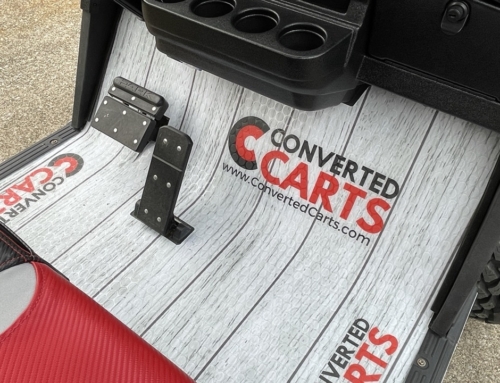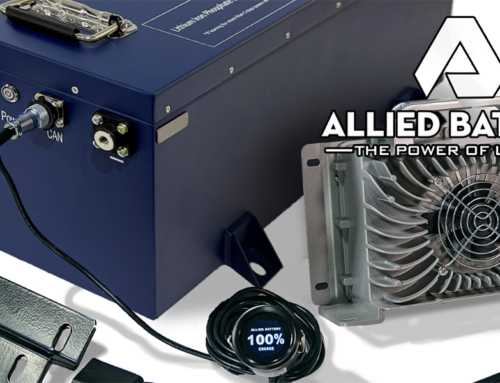Here are a few frequently asked questions from the past month from www.golfcarting.com the folks at Golf Carting Magazine
Q: How do I upgrade my seat covers with new ones?
A: There are a variety of covers that you can choose from. There are those that simply stretch over the existing vinyl that cinch snuggly around the seats using internal ties, and there are those that need to be stapled. The ones that stretch over are a no-brainer and takes a mere 5-10 minutes to install. To do vinyl replacements, you really should investigate pre-cut molded vinyl sets for easier installation. If you choose to use your own vinyl in a sheet, make sure you have enough stretch around the corners so you don’t have too little or too much overlap. First, you would need to remove the seat backs, the side handles from the seat bottom, and any trim strips that hold the seat vinyl in place. Next, you should remove the old vinyl by removing all the staples holding it in place with needle nose pliers or a flat head screwdriver. Next, you would slip your new seat covers over the cushion and use low heat from a hair dryer to carefully stretch the vinyl enough, so it has no ripples in it. Then you would staple the new vinyl onto the underside using 3/8″ staples. Keep in mind there are a lot of staples that need to hold the vinyl in place so it’s easier to use a pneumatic staple gun for this step. Make sure to double check the fitment and the centerline because once you begin to staple it will be hard to make any changes without having to take everything apart again. Start with one staple at the top and bottom to secure then stretch the covers as you go around the perimeter, so you don’t have any wrinkles. It may be helpful to watch a video on YouTube to see the correct method to do this. After everything is stapled in place, reinstall your seats and enjoy your new look!
Q: My neighborhood now requires my EV to be a LSV instead of a standard golf cart. How can I make my cart into an LSV?
A: LSV (Low speed vehicle) branded carts are ones that abide by all the safety regulations involving DOT standards. A typical golf cart can be made into a LSV by adding the proper accessories and speed regulations as follows: Accessories required include headlights, tail/brake lights, horn, turn signals, front and side mirrors, a DOT approved windscreen with wiper, seat belts in all seating positions, safety triangle in rear, and speeds to go at least 25 mph. Bear in mind, you may have to upgrade your motor/controller to be able to increase the top speed in your cart. The other step is having your cart on an insurance policy as well as registered with a license plate from the state. In order to get a LSV plate, you will have to apply for a 17-digit vin in order to get a title as well. This last part may be a bit trickier but there are companies out there that provide this service. You may just have to take the cart to a dealer with a manufacturing license to be able to do this. Just be sure to do your due diligence first and understand your state regulations to see the requirements.
Q: I have a lot of hills in my area and my cart is underpowered on them. What can I do?
A: For hilly terrain, your electric cart would benefit with an upgraded controller with more amps, and your gas cart would benefit from a stiffer clutch spring for more torque. On an electric cart, your controller may be re-programmed (from a dealer or with a handheld programmer) for hilly terrain but your best bet would be to upgrade both your controller and motor to benefit each other as you will put less stress on both parts. You should also investigate upgrading your battery pack and wires as well for the best performance possible. On gas units, a stiffer clutch spring is designed to install in the driven clutch and locks in place. These spring kits essentially “gears” the cart lower, giving it more torque, for faster take off and better hill climbing. You will be slightly limited in top speed, but you are looking at a gain of 40 percent or better when it comes to torque.







